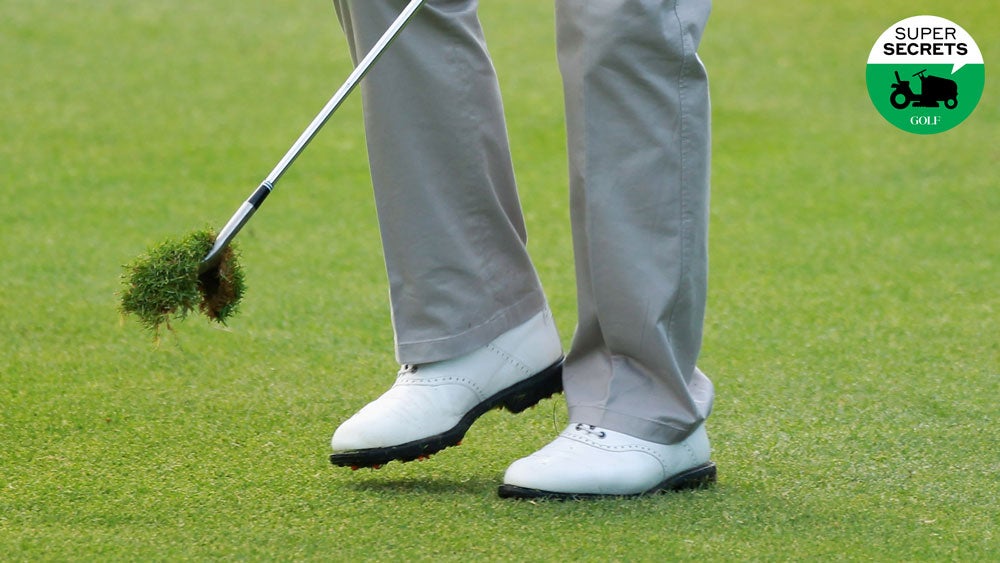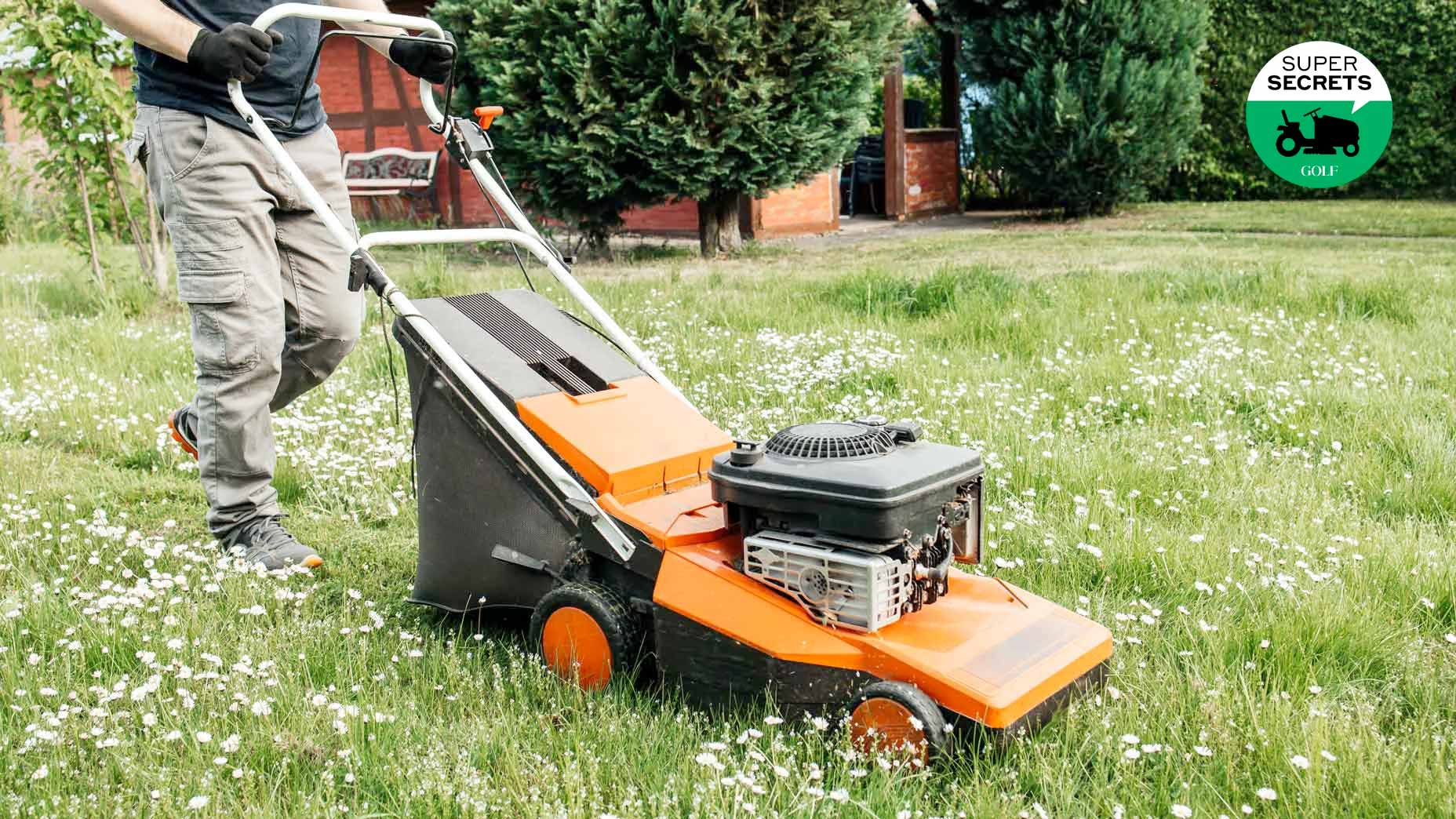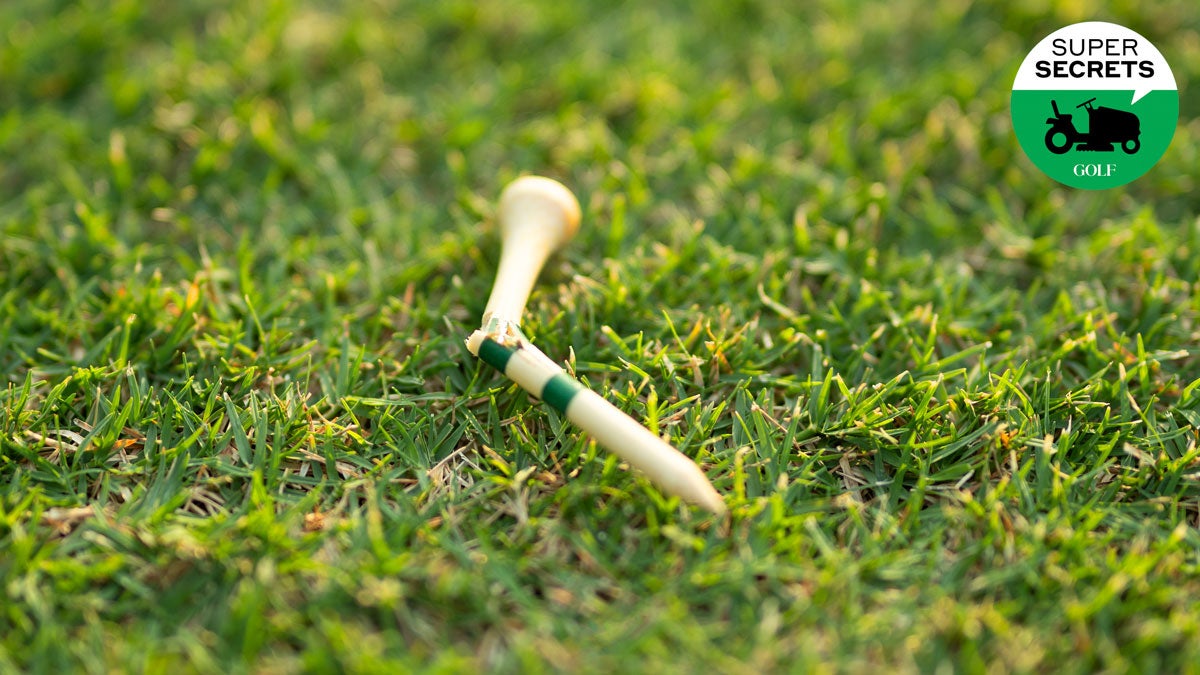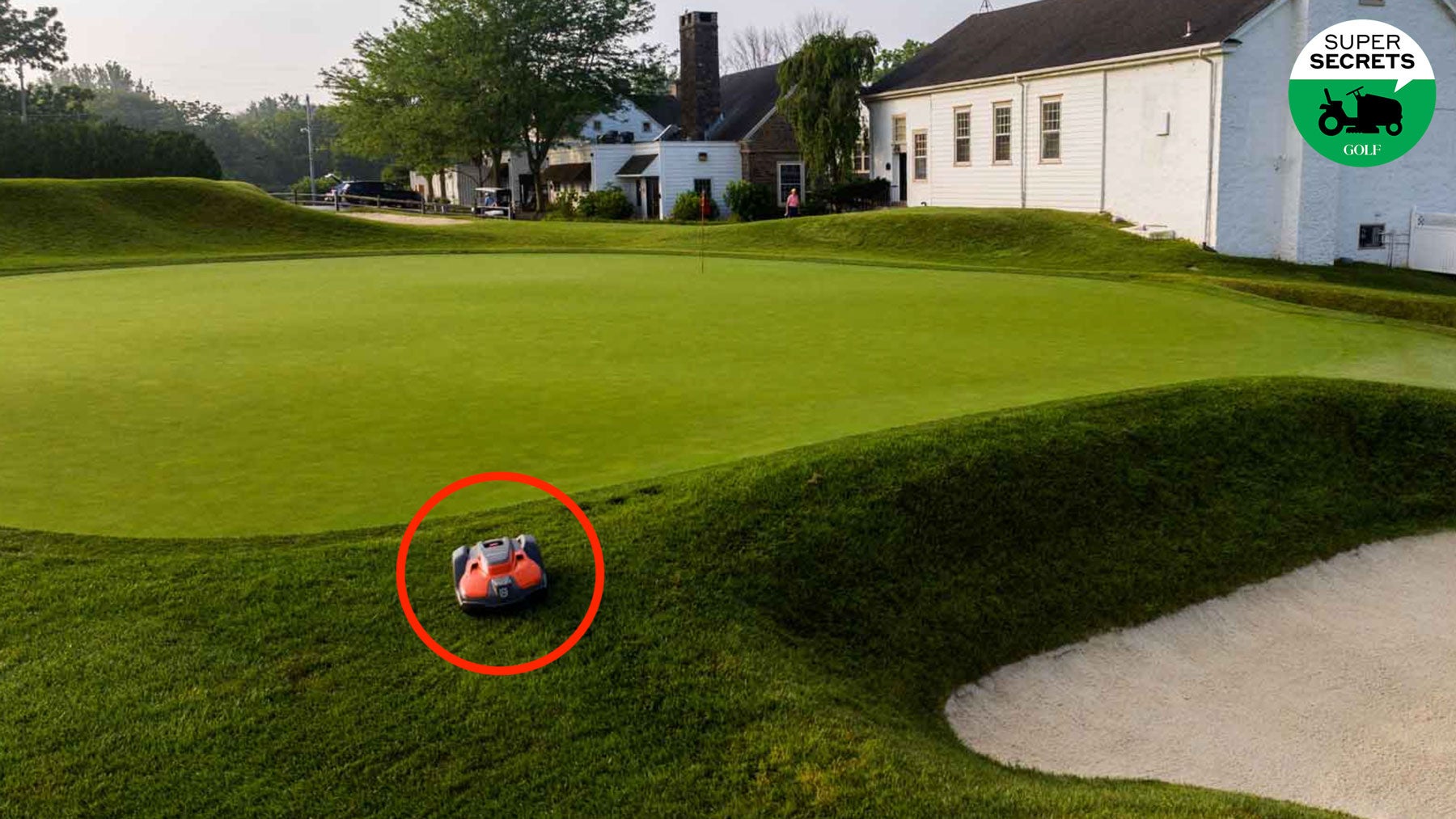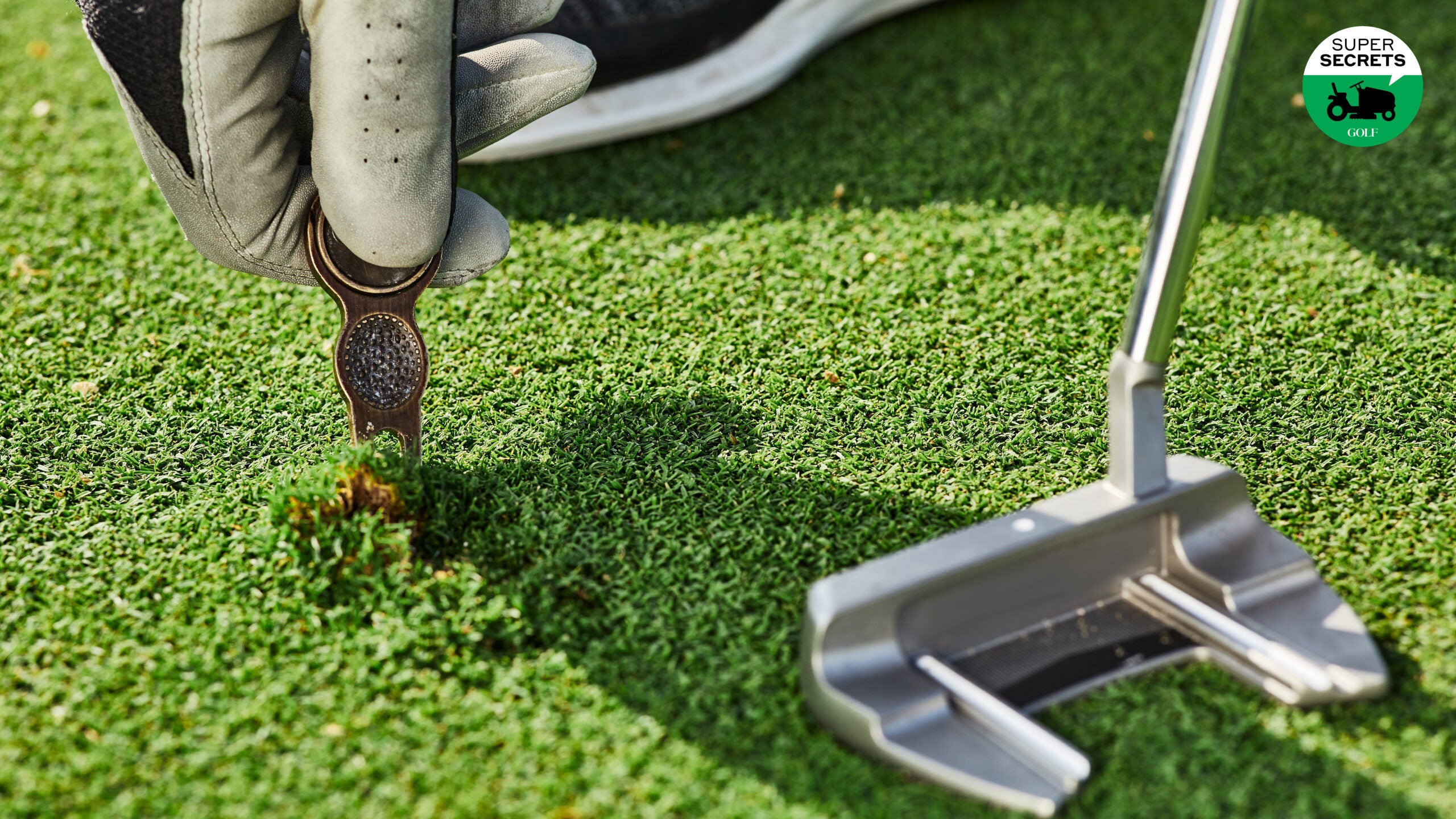Augusta National has an unusual ball-mark repair method. Is it the best way?

Many things are different at Augusta National, including ball-mark repair.
Getty Images
“There are a lot of ways to get it done,” golf instructors often say, referring to the fact that different swings can yield the same desirable results.
Superintendents aren’t quite as lax, at least when it comes to the essentials of turf science. But they do allow some latitude with DIY course care.
Take bunker raking. Left-handed. Right-handed. Pushing. Pulling. While some methods are more efficient than others, no one’s really going to quibble over how you use the rake, so long as you take time to smooth things over.
Something similar applies to ball-mark repair.
The conventional method, sanctioned by the USGA, is to insert a divot-repair tool (or a tee, or pencil or some other pointy object) into the ground at the backside of the mark, and pull the turf gently toward the middle, working around the entire mark until the crater is filled in, and then tamp down lightly on it with your putter.
That’ll do the trick.
And yet, to borrow from the swing gurus, there is more than one way to get it done.
That point was widely publicized this past summer, when the PGA Tour veteran Ben Crane posted a video on social media in which he demonstrated how ball marks get repaired at Augusta National: that is, by inserting the tee in the center of the mark and working outward.
If it’s good enough for Augusta, does that mean it is the best approach?
Jim Myers is a big fan of it.
Myers, a longtime member of the Golf Course Superintendents Association of America, is the super at Columbia Edgewater Country Club, in Portland, which hosts the Portland Classic, an annual event on the LPGA Tour.
While fixing ball marks is important throughout the year at his club, Myers says, it’s especially so in the winter, when turf takes longer to recover.
In his conversations with Columbia Edgewater members, Myers recommends the Crane/Augusta method, starting in the center of the mark and working outwards, though he’s got no gripes with golfers who do it the other way around.
“The important part is not to pull up and tear the roots, which kills the grass” Myers says. “When you see a bunch of brown dots on a green, you know that’s what has happened. And in the winter, around here, that damage can take months to heal.”
Across the country, in Florida, veteran superintendent Mark Patterson has it easier this time of year. The Bermuda on the greens at his two courses — Legacy Golf Club at Lakewood Ranch and Serenoa Golf Club — thrives throughout the winter in the Sunshine State. It grows fast and recovers quickly.
“Still, when it comes to repairing ball marks,” Patterson says, “we want to encourage every golfer to do at least something.”
Patterson is largely agnostic on the method. Like Myers, he knows that a green’s ability to recover depends in part on turf types and time of year.
“On healthy Bermuda, almost anything will work,” Patterson says of the different repairing methods. “But during stressful times, the less damage you can do the better.”
With that in mind, we asked Patterson to demonstrate proper and improper ball-mark repair methods (which you watch in the video above).
“I don’t want to call any method wrong,” Patterson says. “Because, really, doing something is better than doing nothing at all.”

